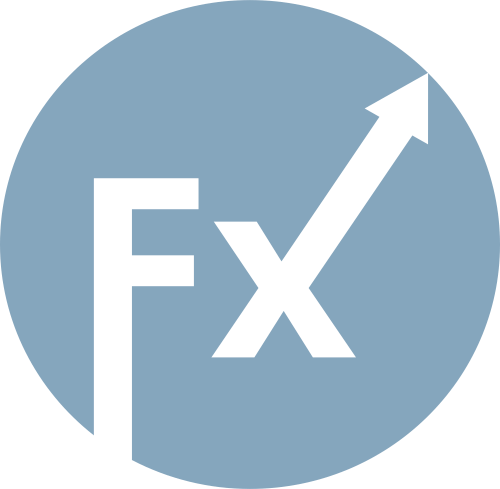So, yesterday's ECB meeting, as expected, delivered no new information—except "wait and see." But the rise in US CPI for August triggered a flurry of paradoxical articles in the business media, along with increased bets on the Fed cutting rates three times by year-end. Core CPI stayed at 3.1% y/y, while headline CPI rose from 2.7% to 2.9% y/y. The main stir came from jobless claims, which jumped during the week from 235k to 263k. We believe market participants are headed for a rude awakening when the FOMC announces it expects not even two rate cuts, since they've already signaled just one, in September. In fact, the only scenario that could force the Fed to cut rates three times would be a severe crisis that compels major investors to buy up US Treasuries, powerfully and steadily pushing yields down. So far, since the beginning of the year, 5-year Treasury yields have fallen from 4.57% to 3.59%, which is not enough for even two cuts. Realistically, it's most convenient for the Fed to cut once in September and then take a pause. Only a preemptive crisis move—something the Fed rarely does—would lead to another cut in October.
On the daily chart, the euro has chosen the MACD line as a neutral anchor, hovering along it for five days now. Apparently, this sideways movement will continue until Wednesday evening, when the Fed announces its monetary policy decision. Eventually, we expect a decline to the support level at 1.1392. For now, we wait.

On the H4 chart, the price remains above the indicator lines due to expectations of a tight monetary policy. The Marlin oscillator is also in positive territory. The MACD line at 1.1690 provides support; a drop below it could shift the range down toward the 1.1632 support.

TAUTAN CEPAT